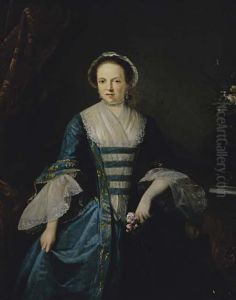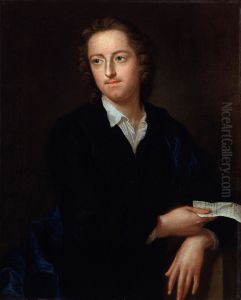Eccardt, John Giles Paintings
John Giles Eccardt was an 18th-century German-born British portrait painter who became known for his work in England. Born in 1720 in the town of Augsburg in what is now Germany, Eccardt moved to England as a young man to pursue his career in art. His exact year of emigration is not well documented, but it is believed to have been in the early 1740s.
After settling in England, Eccardt became a pupil and studio assistant of the renowned Swiss artist Jean-Baptiste Van Loo who had a significant influence on his style and technique. Under Van Loo's guidance, Eccardt honed his skills in portraiture, adopting the Rococo style that was fashionable at the time. His work was characterized by a gentle touch, careful attention to detail, and an ability to capture the character and social standing of his sitters.
Eccardt did not achieve the same level of fame as some of his contemporaries, such as Thomas Gainsborough or Joshua Reynolds, yet he managed to build a successful career. He received commissions from various members of the British aristocracy and painted many notable figures of his time. His portraits are often noted for their elegance and refinement, reflecting the tastes and expectations of the Georgian era.
Despite the success he found in England, there is not an extensive amount of information available about Eccardt's personal life or his artistic development. His works, however, have been preserved in various art collections, providing insight into the style and cultural milieu of mid-18th century British portraiture. Unfortunately, many of his paintings have been overshadowed by the works of his more famous peers and so have not received the same level of scholarly attention.
John Giles Eccardt passed away in 1779. While his name may not be as widely recognized as some of his contemporaries, Eccardt remains a noteworthy figure in the history of British portraiture for his contributions to the genre and his role in the artistic community of his time.


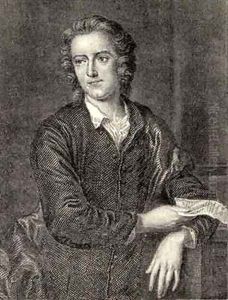

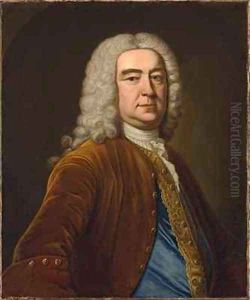


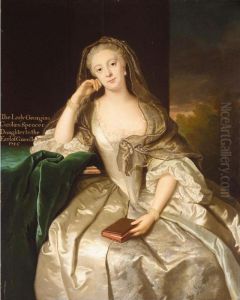
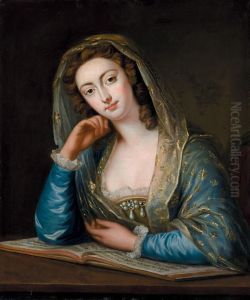
![Portait Of Margaret [peg] Woffington (1720?-1760)](https://www.niceartgallery.com/imgs/557523/s/eccardt-john-giles-portait-of-margaret-peg-woffington-17201760-4aeb1638.jpg)
